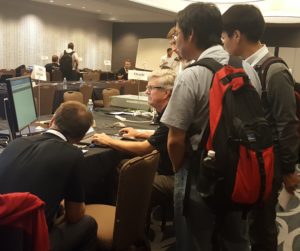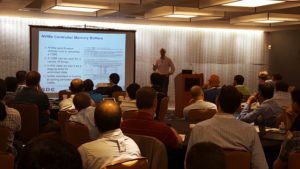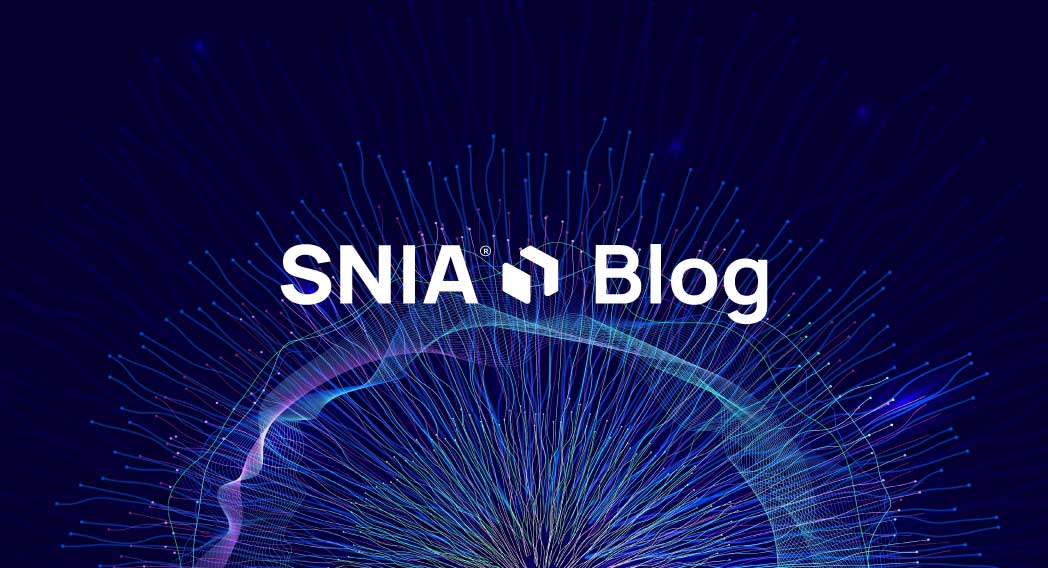It seems like everyone is talking about containers these days, but not everyone is talking about storage – and they should be. The first wave of adoption of container technology was focused on micro services and ephemeral workloads. The next wave of adoption won’t be possible without persistent, shared storage. That’s why the SNIA Ethernet Storage Forum is hosting a live webcast on November 17th, “Current State of Storage in the Container World.” In this webcast, we will provide an overview of Docker containers and the inherent challenge of persistence when containerizing traditional enterprise applications. We will then examine the different storage solutions available for solving these challenges and provide the pros and cons of each. You’ll hear:
- An Overview of Containers
- Quick history, where we are now
- Virtual machines vs. Containers
- How Docker containers work
- Why containers are compelling for customers
- Challenges
- Storage
- Storage Options for Containers
- NAS vs. SAN
- Persistent and non-persistent
- Future Considerations
- Opportunities for future work
This webcast should appeal to those interested in understanding the basics of containers and how it relates to storage used with containers. I encourage you to register today! We hope you can make it on November 17th. And if you’re interested in keeping up with all that SNIA is doing with containers, please sign up for our Containers Opt-In Email list and we’ll be sure to keep you posted.









 c Storage, and SMB3 plugfests; ten Birds-of-a-Feather Sessions, and amazing networking among 450+ attendees. Sessions on NVMe over Fabrics won the title of most attended, but Persistent Memory, Object Storage, and Performance were right behind. Many thanks to SDC 2016 Sponsors, who engaged attendees in exciting technology discussions.
For those not familiar with SDC, this technical industry event is designed for a variety of storage technologists at various levels from developers to architects to product managers and more. And, true to SNIA's commitment to educating the industry on current and future disruptive technologies, SDC content is now available to all - whether you attended or not - for download and viewing.
c Storage, and SMB3 plugfests; ten Birds-of-a-Feather Sessions, and amazing networking among 450+ attendees. Sessions on NVMe over Fabrics won the title of most attended, but Persistent Memory, Object Storage, and Performance were right behind. Many thanks to SDC 2016 Sponsors, who engaged attendees in exciting technology discussions.
For those not familiar with SDC, this technical industry event is designed for a variety of storage technologists at various levels from developers to architects to product managers and more. And, true to SNIA's commitment to educating the industry on current and future disruptive technologies, SDC content is now available to all - whether you attended or not - for download and viewing.
 You'll want to stream keynotes from Citigroup, Toshiba, DSSD, Los Alamos National Labs, Broadcom, Microsemi, and Intel - they're available now on demand on SNIA's YouTube channel,
You'll want to stream keynotes from Citigroup, Toshiba, DSSD, Los Alamos National Labs, Broadcom, Microsemi, and Intel - they're available now on demand on SNIA's YouTube channel, 


Leave a Reply